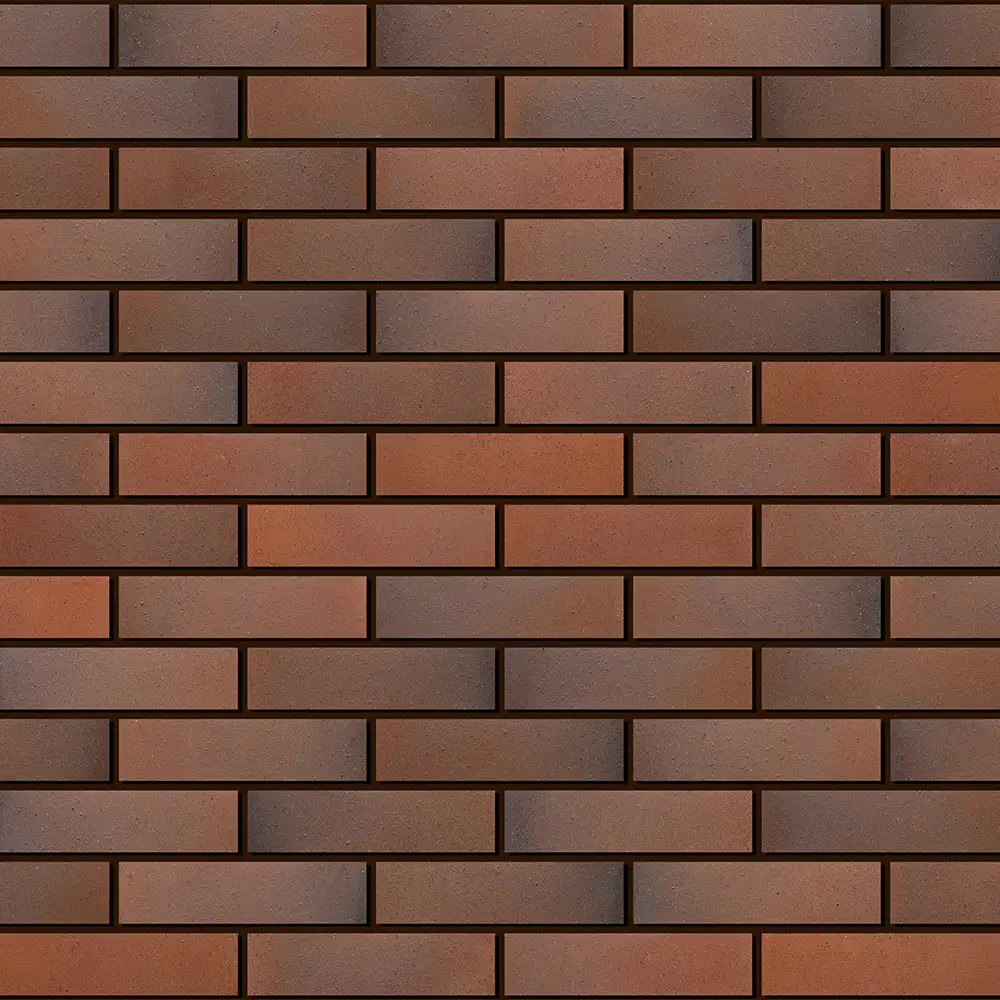Description
Black bricks are a striking and versatile building material known for their modern aesthetic, timeless elegance, and adaptability across architectural styles. They are often associated with contemporary designs but can also be used to create bold contrasts in traditional structures.
Materials and Manufacturing
Black bricks are typically made from clay, shale, or concrete. Their distinctive color can be achieved in several ways:
- Natural Clays: Certain types of clay naturally produce dark hues when fired in a kiln, especially at high temperatures.
- Additives: Pigments such as manganese oxide or carbon black can be added to the raw materials to darken the final product.
- Glazing: A layer of black glaze can be applied before firing, resulting in a glossy or matte finish.
- Concrete Mixes: For concrete bricks, black pigments can be incorporated during mixing.
Characteristics
- Durability: Like other brick types, black bricks are robust, weather-resistant, and require minimal maintenance.
- Aesthetic Appeal: Their deep color provides a sleek, minimalist look and can serve as a bold backdrop for lighter materials, greenery, or metal accents.
- Heat Retention: Dark colors absorb more heat, making black bricks effective for passive solar heating in cooler climates, though this can pose challenges in warmer regions.
Applications
- Residential Architecture: Black bricks are popular for creating modern facades or accent walls, often paired with wood, glass, or steel for a contrasting effect.
- Commercial Buildings: Many designers use black bricks to give offices, retail spaces, and restaurants a contemporary, upscale feel.
- Landscaping: In outdoor spaces, black bricks are used for patios, pathways, and garden walls to add a touch of sophistication.
- Restoration Projects: They can be employed to preserve or mimic historical designs in Gothic or industrial-style buildings.
Advantages
- Design Flexibility: Their neutral yet dramatic color works well with both bold and understated palettes.
- Eco-Friendly Options: Some manufacturers produce black bricks using recycled materials or energy-efficient kilns.
- Longevity: With proper installation, black bricks can last for decades, maintaining their color and structural integrity.
Considerations
- Cost: Black bricks are often more expensive than traditional red bricks due to specialized manufacturing processes.
- Thermal Behavior: Their heat absorption should be considered in energy-efficient designs.
- Cleaning and Maintenance: Dirt and efflorescence can be more visible on black surfaces, requiring regular cleaning to maintain their appearance.
Conclusion
Black bricks are a bold and beautiful choice for architects and builders looking to make a statement. Whether in modern skyscrapers or cozy homes, their versatility and enduring appeal make them a standout option in contemporary construction and design.

























Reviews
There are no reviews yet.